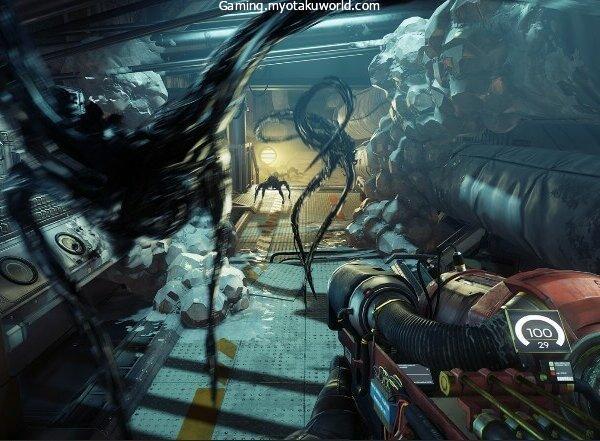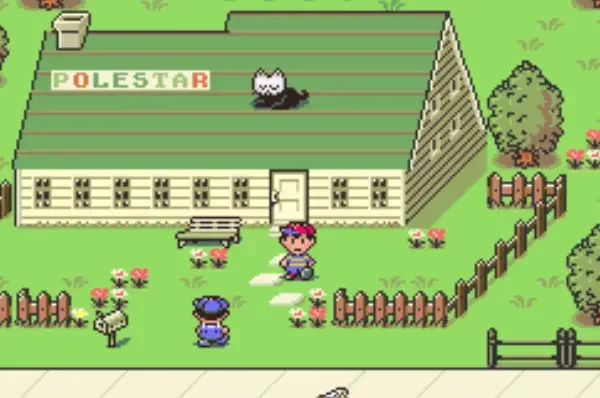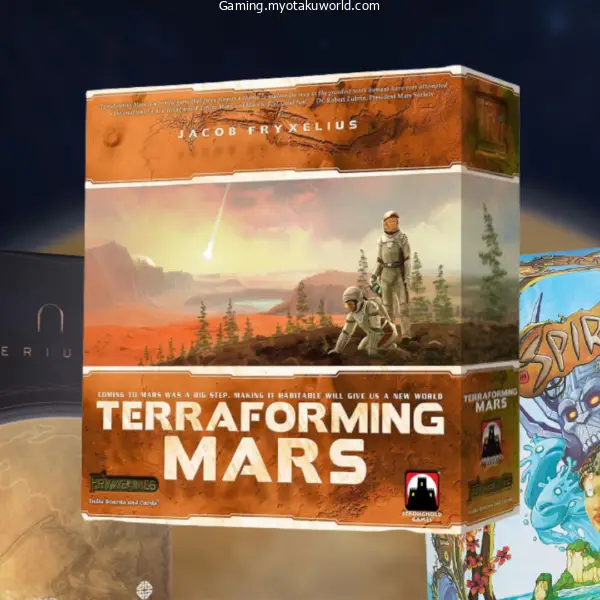Raiding is an important part of Rust, whether you play alone or with a group. One of the best things you can do is spend stacks and stacks of resources to get a base’s loot.
Though, new or idle players who play alone may never raid. They are too busy setting up their own base and managing their own resources to even think about trying to take someone else’s.
This is very true about politicians. But you should go to some modded sites and give it a try. It’s best to use solo, duo, or trio servers, or x2 servers.
Once you’re there, choose one of the ways to raid from the list below. In general, you should use between two and three different kinds per raid.
At some point, you’ll know enough about it to possibly move it to official servers.
13. High-Velocity Rocket

The High-Velocity Rocket boasts specific advantages over its counterparts. While its damage output is slightly lower than the standard rocket, it compensates with an extended range and the ability to deal more substantial damage over considerable distances.
This makes it a preferred choice for targeting distant foes. Notably, these rockets can be utilized with a rocket launcher and hold the advantage of not requiring explosives for crafting.
With a damage capacity of 31 against top-tier construction materials, it takes 65 HV rockets to dismantle an armored wall and 16 to breach an armored door.
However, due to their crafting requirements, it might be more cost-effective and efficient to opt for traditional rockets or C4 in certain cases.
Acquiring High-Velocity Rockets involves exploring similar high-tier monuments and drops as other top-tier explosives.
Crafting them necessitates 1 metal pipe and 100 gunpowder, while their crafting blueprint can be researched for 125 scrap.
12. Satchel Charge

The Satchel Charge, while somewhat unreliable due to its random detonation time upon placement or throwing, offers distinct advantages.
Crafted at a low cost, it presents an easily attainable blueprint compared to rockets and C4. The charges are particularly effective for breaching enemy bases, targeting weak spots for optimal results.
Notably, it takes 12 satchels to destroy an armored door and 46 to dismantle an armored wall, inflicting 43.5 damage to the game’s most resilient materials.
Acquiring Satchel Charge blueprints is possible through monument exploration like Launch Site, Oil Rig, and possibly Dome.
Alternatively, players can negotiate trades for the charge to facilitate research, though caution is advised in the untrustworthy world of Rust.
Crafting a satchel charge necessitates 4 bean can grenades, 1 small stash, and 1 rope, while research requires an investment of 125 scrap.
11. Bean Can Grenade

The Bean Can offers distinct advantages as an explosive choice. Its easy availability and research, coupled with low crafting costs, make it appealing.
Serving as both a grenade and an effective explosive, it presents a 25% chance of failure and 50% chance of reactivation on retrieval.
With a fuse duration of 3.5 to 4 seconds in 70% of cases, caution is needed due to a 15% chance of immediate or delayed detonation.
Notably effective against armored doors (56 units needed) but slower against armored walls (requiring 223 units), it can be found in mid to high-tier monuments or crafted with 60 gunpowder and 20 metal fragments after research (75 scraps).
10. Spear Raiding

Spear are a very cheap way to raid, as they only cost 300 wood to make. Wooden and stone walls can both be taken down in a fair amount of time.
Six spears are needed to soft side a wooden wall, which works best when more than one person does it. It took just over 10 minutes and cost $23 to build a stone wall.
9. Heli Bait

If you don’t have TC, the heli won’t use rocket strikes against you.
But it’s a great way to get into decayed bases with no TC or bases where the TC is visible and can be reached.
There are sometimes loot rooms with doors that are still locked.
If you put yourself in the right place, you can destroy those rooms.
Keep in mind that the helicopter will be there for at least 5 minutes, and other people may also come.
So find a good place to hide while you wait.
8. Eoka Raiding

The eoka likes to eat wooden doors and tool chests. It takes the eoka about 2 minutes and 45 hand-made shells to get through each one.
It will cost about 220 sulfur.
The eoka itself doesn’t take much wood or metal to make, so it’s one of the most environmentally friendly ways to raid.
7. F1 Grenades

It takes 50 F1 bombs to break through a sheet metal door, 40 to break through a wooden door, and 250 to hard side a stone wall at the Outpost.
Sounds expensive, and it kind of is, but you don’t just use F1 bombs by themselves.
When combined with other early-game methods, paying about 100 scrap can help you break through a wall or a few doors for a lot less money and in a lot less time than you could do with other methods.
6. Pickaxe Raiding

All of us have been there. hung out in the base and melted some metal. Then comes the sound of pickaxes.
To soft side a stone wall, you need more than 10 minutes and only 7 pickaxes.
A group that wants to get through a hard stone wall will gladly use all 72 pickaxes.
5. Flamethrower Raiding

A flamethrower is the best way to get through wooden doors and walls during a raid.
You only need 83 low-grade fuel to get through one door, but you need 206 to get through a wooden wall. As well as 42 for a cabinet to hold tools.
By farming red drums and cooking the crude oil inside, it’s easy to get a lot of low grade.
You can also use fire arrows to break down wooden doors and tool cabinets.
Most of the time, there isn’t much loot in wooden homes. But you might hit the jackpot every 5 bases you attack.
4. Satchels

Satchels are your attack tool in the late game if you play by yourself or only occasionally. A sheet metal door costs 4 satchels, which is about 2,000 sulfur.
A stubborn player can get enough satchels for 4 or 5 doors in a day or two.
It can be hard to find satchels and beancans to study, though. Players can sell them in vending machines, but the best way to get them is from normal boxes.
If you have two satchels, you can use one to get the beancan to do research.
Be careful, when players hear satchels, they know a low-tier raid is coming. Be ready to fight for the stuff inside the base!
3. C4

C4 are a bit more expensive than satchels, but they are the fastest way in the game to raid a base. They cost, though, because each C4 needs 2200 sulfur.
One C4 is enough to get through a door made of sheet metal, two are needed to get through a stone wall, and two are needed to get through a garage door.
The plans are hard to get, though. Most of the time, they are in Oil Rig crates, Heli crates, or they fall through the Bradley tank.
2. Rockets

It’s expensive to study and make, hard to find (both the rockets and the rocket launcher), and easy for enemy players to find. Rocket raiding is pretty much the fastest way to get through a full base.
With splash damage, you can hit more than one wall at once. It will take 4 rockets, or 5600 sulfur, to break through about 2 stone walls. Metal walls will cost twice as much.
Rich clans like rocket raids because they are fast and effective, but you’ll probably never be able to do it right on an official server.
But that’s fine, because there’s nothing wrong with using other ways. Still, rocket raiding is a lot of fun. So, if you want to have some epic raiding adventures, I always say to join a 10x server.
1. Explosive Ammo

Explosive ammo is the most cost-effective way to raid in terms of resources. It only takes 63 explosive bullets and 1.6k sulfur to break through a door made of sheet metal.
The downside is that you’ll break your guns pretty quickly and have to fix them. The best guns are semi-auto, but if you’re in a clan, you can use your assault rifles to raid faster.
It can also make a lot of noise, but a silencer can cut down on that.
Overall, you might find that satchels and explosive ammo are your most useful raiding tools. Never pay attention to just one!









